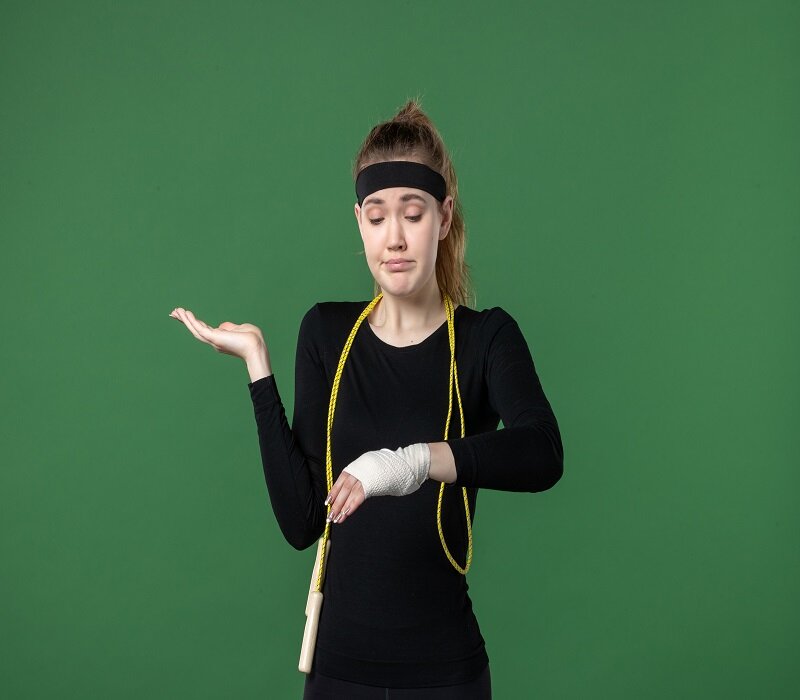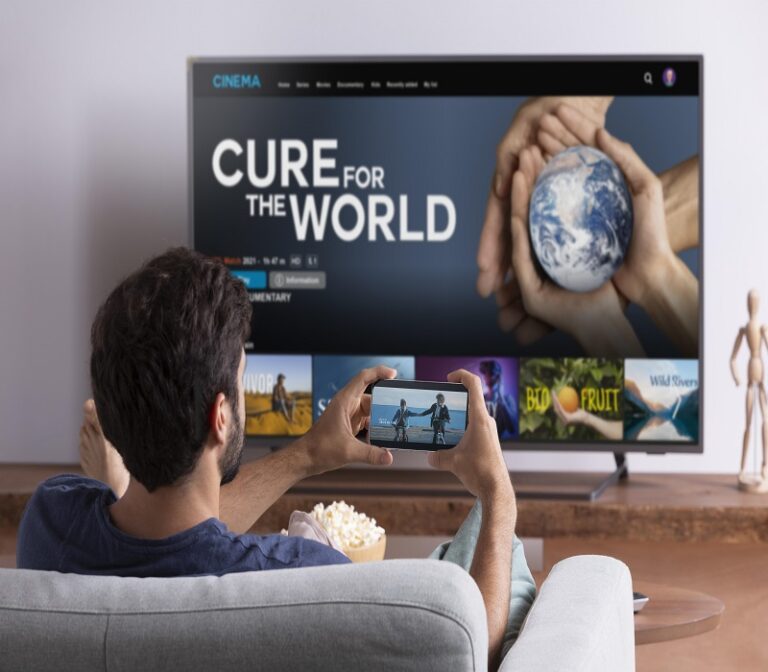
Loguytren problems are a hand condition that causes fingers to bend inward, making everyday tasks difficult. While not life-threatening, this disorder can worsen over time, leading to permanent finger contractures if left untreated.
This article explains everything you need to know about Loguytren problems, including their causes, symptoms, available treatments, and prevention tips. We’ll also discuss the latest medical advancements and practical ways to manage this condition.
What Are Loguytren Problems?
Loguytren problems, also known as Loguytren’s contracture, occur when thick, fibrous tissue forms beneath the skin of the palm. Over time, this tissue tightens into cords, pulling one or more fingers—usually the ring and pinky fingers—into a permanently bent position.
The condition progresses slowly, often starting as small, painless lumps in the palm. As the cords thicken, finger movement becomes restricted. In severe cases, the fingers can no longer straighten, making it hard to grip objects, shake hands, or perform fine motor tasks.
Who Is Most at Risk?
- Men over 50 – The condition is more common in men, especially in middle age.
- People of Northern European descent – It’s sometimes called the “Viking disease” due to its prevalence in Scandinavian populations.
- Those with a family history – Genetics play a strong role.
- Individuals with certain health conditions – Diabetes, liver disease, and epilepsy are linked to higher risk.
What Causes Loguytren Problems?
The exact cause remains unclear, but researchers believe multiple factors contribute:
1. Genetic Factors
A family history of Loguytren problems significantly increases risk. Specific gene mutations may trigger abnormal tissue growth.
2. Age and Gender
Men over 50 are most affected, though women can also develop it. Hormonal differences may play a role.
3. Lifestyle and Health Conditions
- Heavy alcohol use – Linked to faster progression.
- Smoking – Reduces blood flow, worsening tissue damage.
- Diabetes – High blood sugar may contribute to collagen buildup.
- Previous hand injuries – Trauma might trigger abnormal healing.
Symptoms of Loguytren Problems
The condition develops gradually. Early signs include:
- Small, firm nodules in the palm (usually painless at first).
- Thickened skin that feels like a cord under the fingers.
- Difficulty flattening the hand on a table.
As it progresses:
- Fingers start bending toward the palm.
- Straightening becomes impossible without force.
- Hand function declines, affecting writing, holding objects, or wearing gloves.
How Are Loguytren Problems Diagnosed?
Doctors diagnose Loguytren problems through:
- Physical examination – Checking for nodules, cords, and finger mobility.
- Tabletop test – Seeing if the patient can lay their hand flat.
- Medical history review – Looking for risk factors like family history or diabetes.
Imaging tests (ultrasound, MRI) are rarely needed but may help in complex cases.
Treatment Options for Loguytren Problems
Treatment depends on severity. Early-stage cases may only need monitoring, while advanced cases require medical intervention.
Non-Surgical Treatments
- Needle Aponeurotomy (NA) – A needle punctures and breaks the tight cords, allowing fingers to straighten. Quick recovery but possible recurrence.
- Enzyme Injections (Xiaflex) – A collagenase enzyme dissolves the cords. Effective but may cause bruising or swelling.
- Steroid Injections – Reduce inflammation in early-stage nodules.
- Radiation Therapy – Used in Europe to slow progression in early cases.
Surgical Treatments
- Open Fasciectomy – Removes diseased tissue entirely. Long recovery but high success rate.
- Dermofasciectomy – Removes skin and tissue, replacing it with a graft. Used for severe recurrences.
- Amputation (Rare) – Only in extreme cases where function is lost.
Recovery and Rehabilitation
- Hand therapy helps restore movement post-surgery.
- Splinting may be needed to keep fingers straight during healing.
- Pain management includes anti-inflammatory medications.
Can Loguytren Problems Be Prevented?
There’s no sure way to prevent it, but these steps may help:
- Avoid smoking and excessive alcohol – Both accelerate progression.
- Manage diabetes – Keeping blood sugar under control may reduce risk.
- Hand exercises – Stretching fingers daily may delay stiffness.
- Early medical consultation – Detecting it early improves treatment success.
When to See a Doctor
Consult a specialist if you notice:
Hard lumps or cords in your palm.
Fingers starting to bend involuntarily.
Difficulty using your hand for daily tasks.
Early intervention leads to better outcomes.
Final Thoughts on Loguytren Problems
Loguytren problems can significantly impact hand function, but modern treatments offer relief. While surgery is an option, newer minimally invasive techniques provide effective alternatives.
If you suspect you have this condition, don’t wait—seek medical advice early. Lifestyle adjustments and proper care can slow its progression and maintain hand mobility.
Would you like any refinements, such as adding patient stories or more details on specific treatments? I can expand further if needed!




